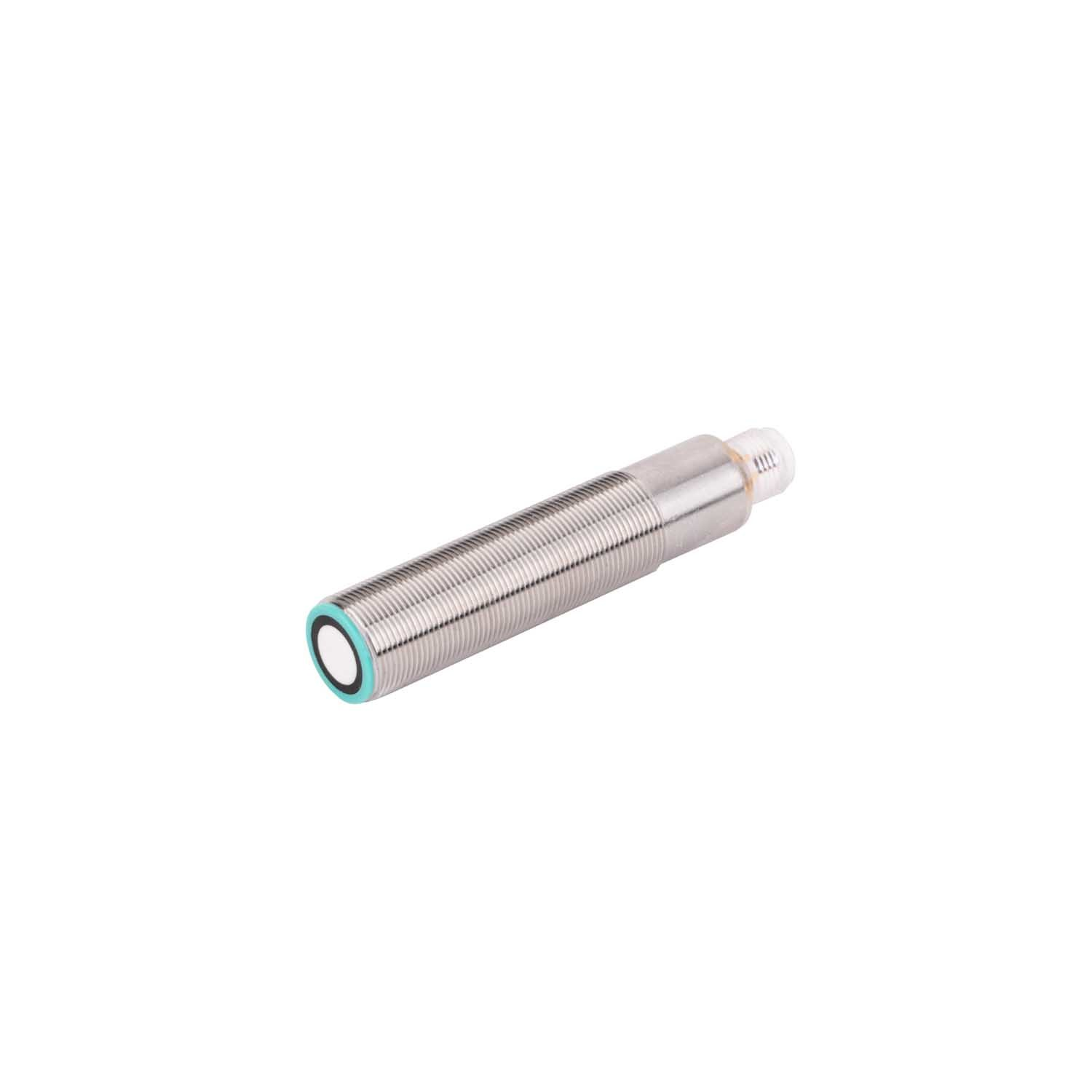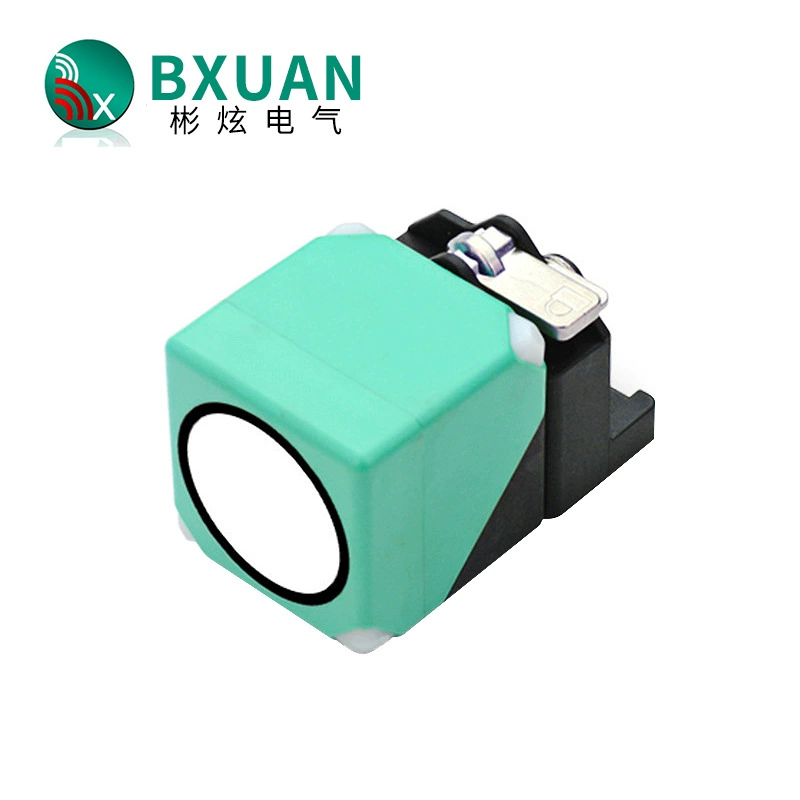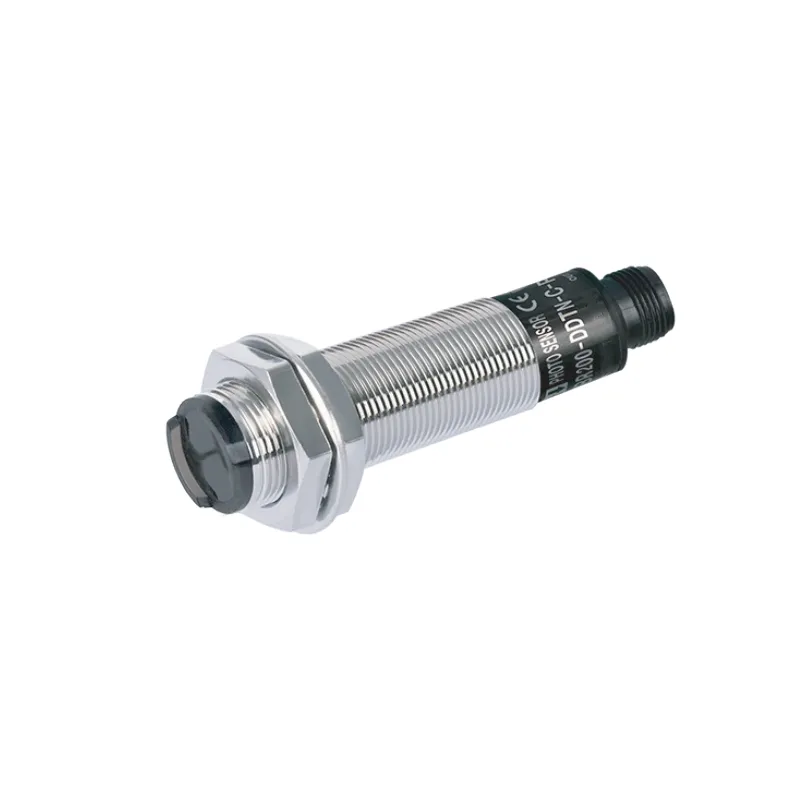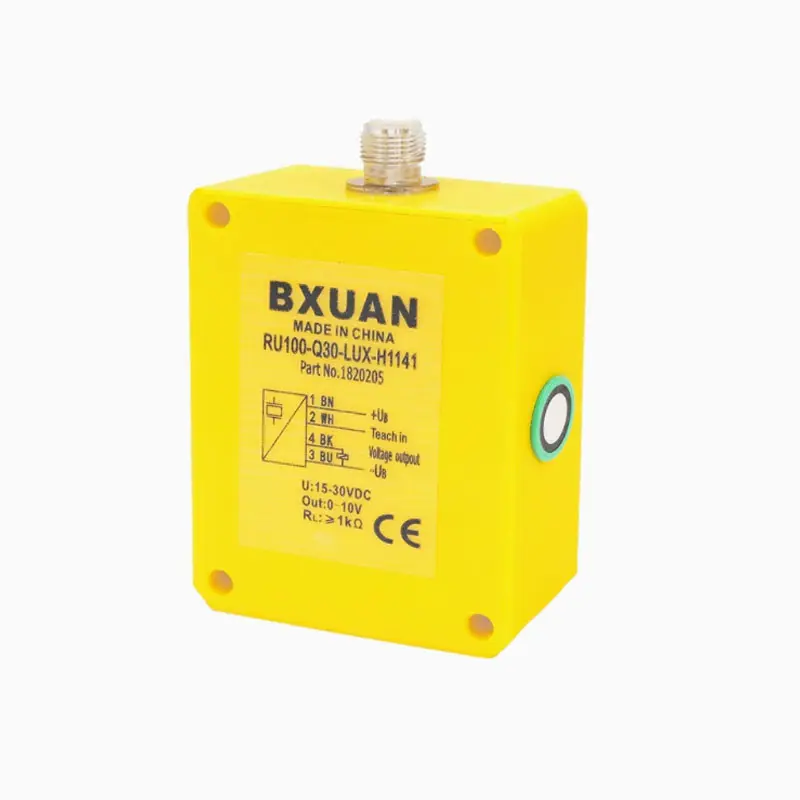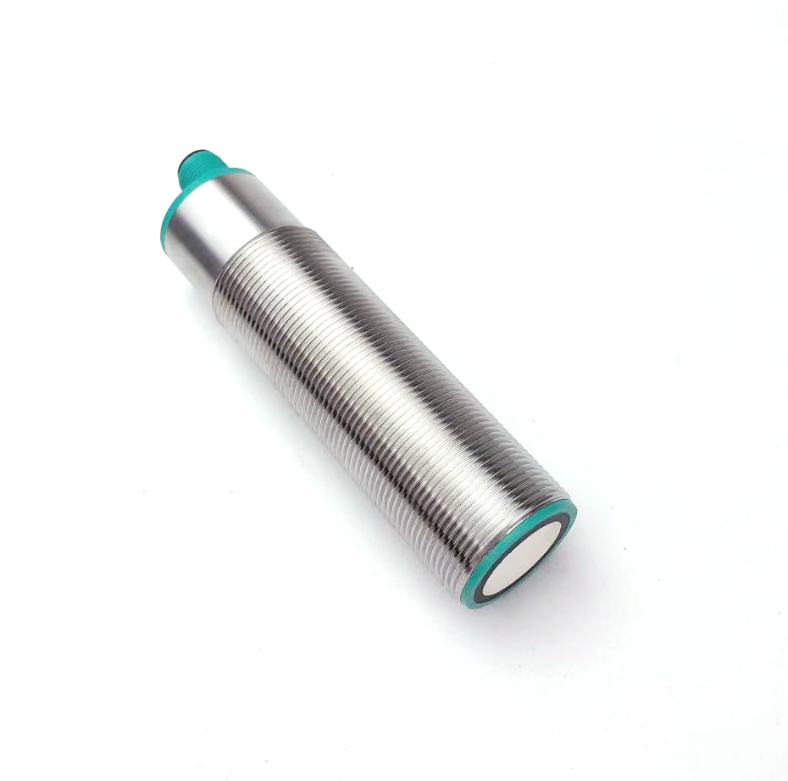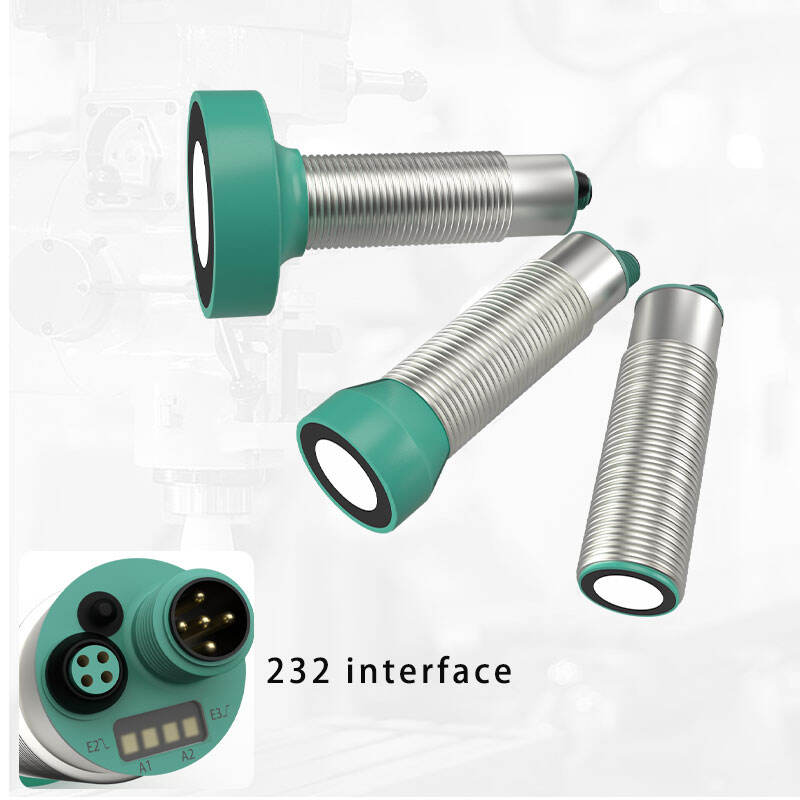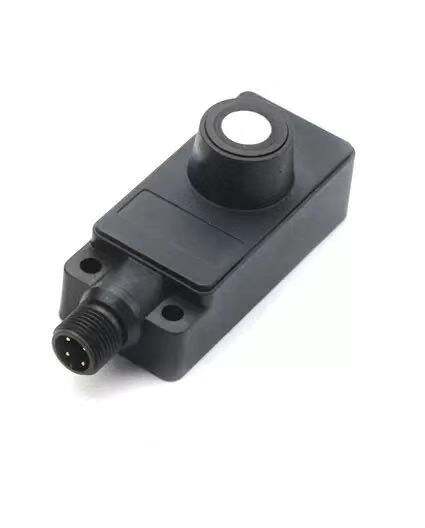ultrasonic sensor accuracy and range
Ultrasonic sensor accuracy and range represent critical parameters in modern sensing technology, offering precise distance measurement capabilities through high-frequency sound waves. These sensors operate by emitting ultrasonic pulses and measuring the time taken for echoes to return, providing reliable distance measurements in various environmental conditions. The technology typically offers measurement ranges from a few centimeters up to several meters, with accuracy levels that can reach within millimeters of the actual distance. The sensors excel in applications requiring non-contact measurement, making them ideal for industrial automation, robotics, and vehicle parking systems. They demonstrate remarkable versatility in detecting both solid and liquid targets, maintaining consistent performance regardless of target color or material transparency. Modern ultrasonic sensors incorporate advanced signal processing algorithms to filter out noise and compensate for environmental factors such as temperature and humidity variations. This ensures maintained accuracy across diverse operating conditions. The technology finds extensive implementation in level measurement, object detection, collision avoidance systems, and quality control processes. With continuous advancements in sensor technology, modern units offer enhanced precision, broader operating ranges, and improved resistance to environmental interference, making them increasingly valuable in both industrial and commercial applications.

